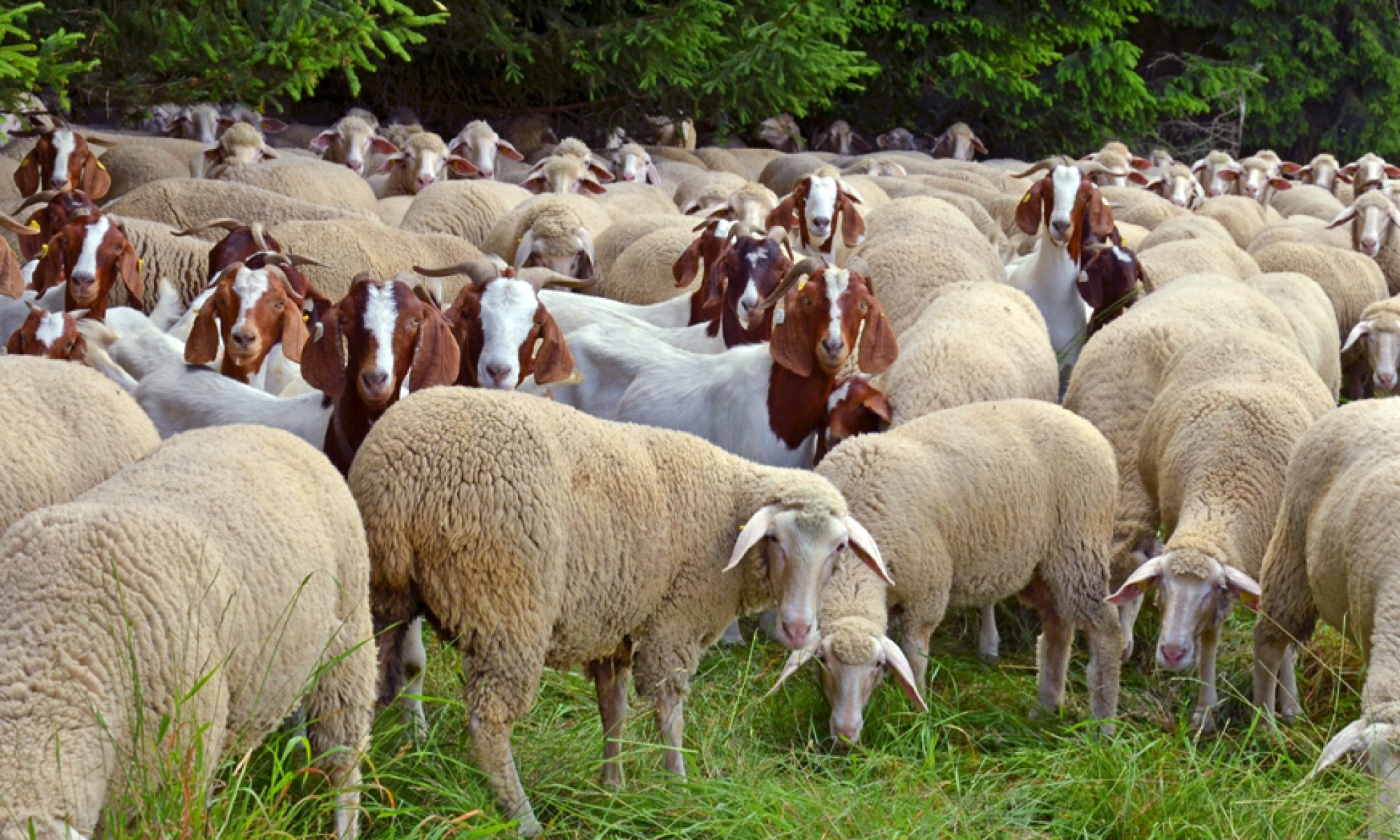https://mailchi.mp/0f7569e82bdf/greta-in-winter?e=5b4a442b0a
 My cousin’s husband writes a good, chatty blog about life in Vermont and other things. He just sent this one on, which is a revelation about the trials of running an electric car in the harsh Vermont winters. At the same time Bill Schubart sees the value in electrics, in fact their necessity.
My cousin’s husband writes a good, chatty blog about life in Vermont and other things. He just sent this one on, which is a revelation about the trials of running an electric car in the harsh Vermont winters. At the same time Bill Schubart sees the value in electrics, in fact their necessity.
This fall for only the second time in my life, I bought a new car. It’s an emission-free Nissan Leaf. I named it “Greta.” Last night, I ran into a friend who has a Tesla all-electric vehicle (AEV) also named “Greta.” I’m now wondering how many AEVs there are in the world bearing the Swedish teenager’s name.
I’m comfortable saying it was the extraordinary courage of this young woman who could be my granddaughter that drove my decision to go all-electric. “Okay boomer,” I said to myself, “It’s your turn to help leave a habitable world for the next generation.
When Green Mountain Power held a get-acquainted session on AEVs for its customers, my wife and I drove up. They had most current models available there for customers to test drive and dealers to answer questions. I chose the Leaf and, thrilled that I fit in it, took it for a spin. It was a distinctly different experience… silence, no auto-shifting clunks. I learned that by using the eco-pedal, I didn’t need the brake pedal and could extend Greta’s range. I was hooked!
I’m 1200 miles into Greta and my early experience with her sent me searching for the encyclopedic instruction manual in the glove compartment. Like most consumers, I had read the FAQ’s and thought I knew it all. At the time of purchase, my key question was driving range between charges, a deciding factor for most potential buyers. The range is nominally 150 miles. My benchmark was the 88-mile roundtrip between my home in Hinesburg and Montpelier.
I set out on my first excursion with a full 152 miles on the meter. When I got to Montpelier, I expected to find it down 44 miles, but it was, in fact, down twice that – about 66 miles left to go before I needed a charge. This didn’t register, so before heading home, I pulled out the manual and read what I’d neglected to read before committing to Greta.
Like all living things, her capacity is temperature-dependent. It was 10 above zero when I left the house and I had turned on the heat to make it worse as both heat and lights reduce Greta’s range. I risked the straight shot home and made it with 12 miles to go by turning off the heat and arrived home in a near cadaverous chill, scraping my frozen breath from the inside of the windshield with a credit card. Did this mean driving at night with no lights and no heat? Should I buy a flashlight and a wool blanket for Greta?
I also learned Greta’s batteries can be severely damaged by exposure to temperatures below minus 13. I’ve lived in Vermont for 70 years and have yet to experience a winter where it didn’t get colder than that. I remember a sunny, dry winter day in Lincoln at 38 below. Could Greta even survive here, much less provide frigid transportation beyond a few miles from home? I began to worry.
But I’ve learned that by monitoring the temperature and my energy usage as I drive, using the eco-pedal to recharge as I drive, charging every night at home during off-peak hours, I can manage quite well and I haven’t eaten in a gas station in two months. I’m finding more and more charging stations, all searchable on my cellphone. Besides if it’s freezing cold and I have a round trip to Montpelier, a stop at Red Hen Bakery in Middlesex for a quick charge, a latte, and a croissant isn’t much of a price to pay for doing my part. Sometimes, slowing life down enhances it.
But more important than my comfort are the larger environmental implications of continuing to burn fossil fuel. According to a recent VTDigger article, transportation accounts for 43% of the state’s carbon emissions and in spite of earnest expressions of concerns and many unfulfilled commitments, emissions have increased in recent years and are 16% higher than they were in 1990.
. . . As I get even older than I am now, I know that much of the remaining work I have left to do on earth is to try and leave a better, more just place for my children and grandchildren.
It’s disheartening to hear special interests and climate deniers froth on about their temporal material interests. I wonder what they think when they gather over the holidays with their children and grandchildren. As they play together, do they never imagine their progeny trying to make it in a world of uncontrollable fires, floods and rising sea levels, massive climate migrations, and dying food systems, all so they can drive a fossil fuel car or get their convenience foods in unrecyclable plastic? Our children comprise a quarter of our country. They will inherit our mess.
In Matthew 5:5 from the Sermon on the Mount, one of the Beatitudes tells us the meek shall inherit the earth. Our children are finding their voice and are no longer meek. We owe it to them to listen.
Sometimes when I’m driving Greta late at night. I stare at the energy meters on the dashboard anxious about whether I’ll make it home, I hear Greta whisper to me, “Okay boomer, you did good.”
To a brave New Year !
